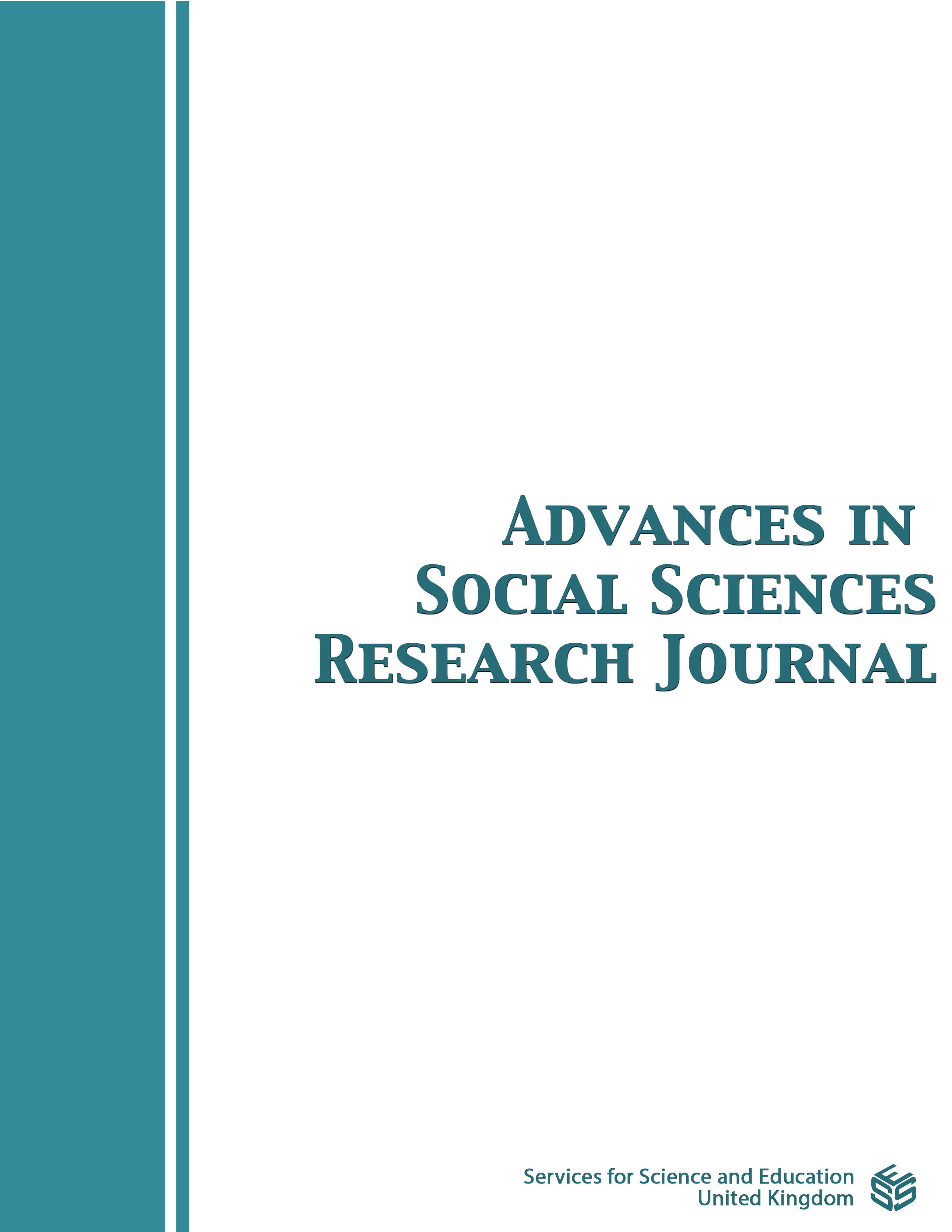Risky Sexual Behaviour and the Associated Factors Among Secondary School Youths in Khorixas, Namibia
DOI:
https://doi.org/10.14738/assrj.1110.17708Keywords:
Risk sexual behaviour, Secondary school youths, Sexually transmitted infection (STIs), Unwanted pregnancy, School drop-out, Child dumpingAbstract
Background: Like most African countries, Namibia has a large percentage of its population in the youthful age group, most of whom are in secondary school. In Namibia, the age of consent for sex is 16 years but, in most cases, children have their sexual debut way below the age of 16 years. Objective: The aim of this study was to assess the prevalence of risky sexual behaviour and the associated factors among secondary school youths aged 15-21 years in the Khorixas district of the Kunene Region in Namibia. Methods: This was a quantitative descriptive cross-sectional study. A self-administered pre-tested questionnaire was used to collect data from 276 learners, selected from three public schools in the Khorixas district employing a cluster sampling technique. Information on demographics and factors associated with risky sexual behaviour was gathered. Data were analyzed using SPSS version 25 software which included descriptive statistics generating frequencies and percentages. Results: The study revealed the prevalence of risky sexual behaviour among secondary school youths in Khorixas district, Kunene region of Namibia to be 78.9%. The risky sexual behaviour identified included multiple partners, nonuse of condoms and early sexual debut. Gender, place of residence, parental educational level, peer pressure, alcohol use/abuse, and watching pornographic content were some of the factors found to lead to risky sexual behaviour among the youths in this district of Namibia. Conclusion: Risky sexual behaviour is common in secondary schools in Khorixas district of Namibia. This sexual behaviour may follow these youngsters to adulthood and may significantly affect their social and reproductive life. Complications resulting from risky sexual behaviour among school youths include contracting STIs and HIV, getting unwanted/unplanned pregnancies and dropping out of school prematurely.
Downloads
Published
How to Cite
Issue
Section
License
Copyright (c) 2024 Jacobina Ndinelago Petrus, Linda Ndeshipandula Lukolo, Charles Lukanga Kimera

This work is licensed under a Creative Commons Attribution 4.0 International License.
Authors wishing to include figures, tables, or text passages that have already been published elsewhere are required to obtain permission from the copyright owner(s) for both the print and online format and to include evidence that such permission has been granted when submitting their papers. Any material received without such evidence will be assumed to originate from the authors.






